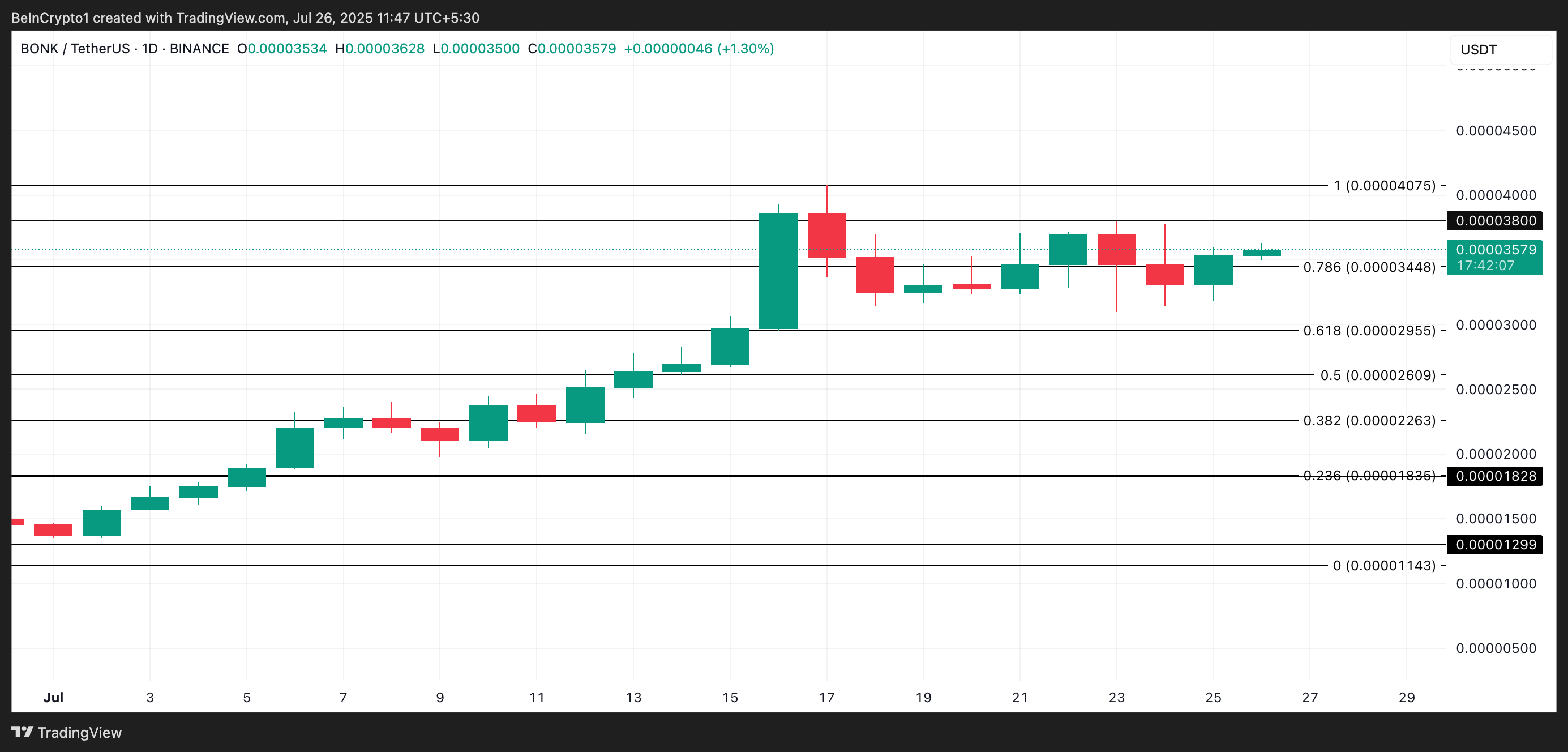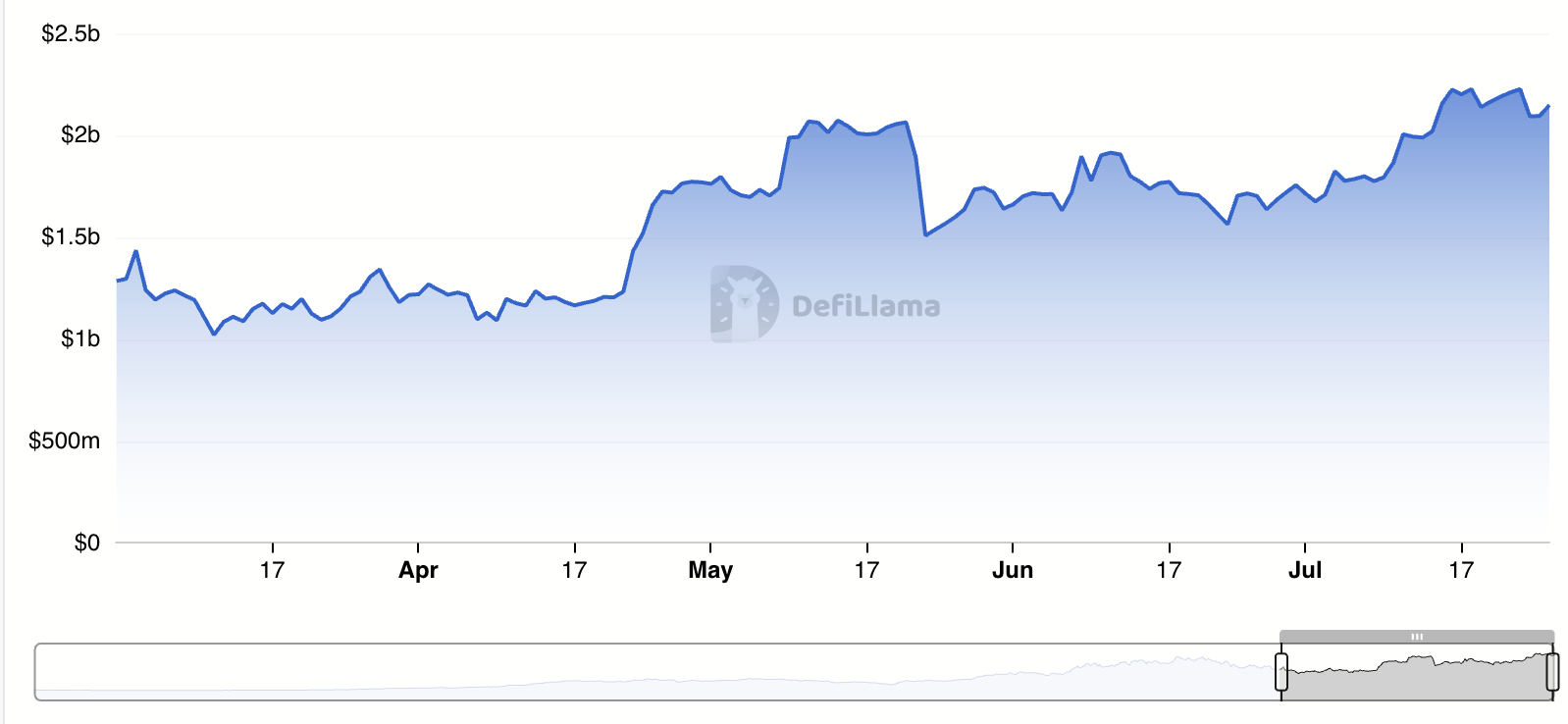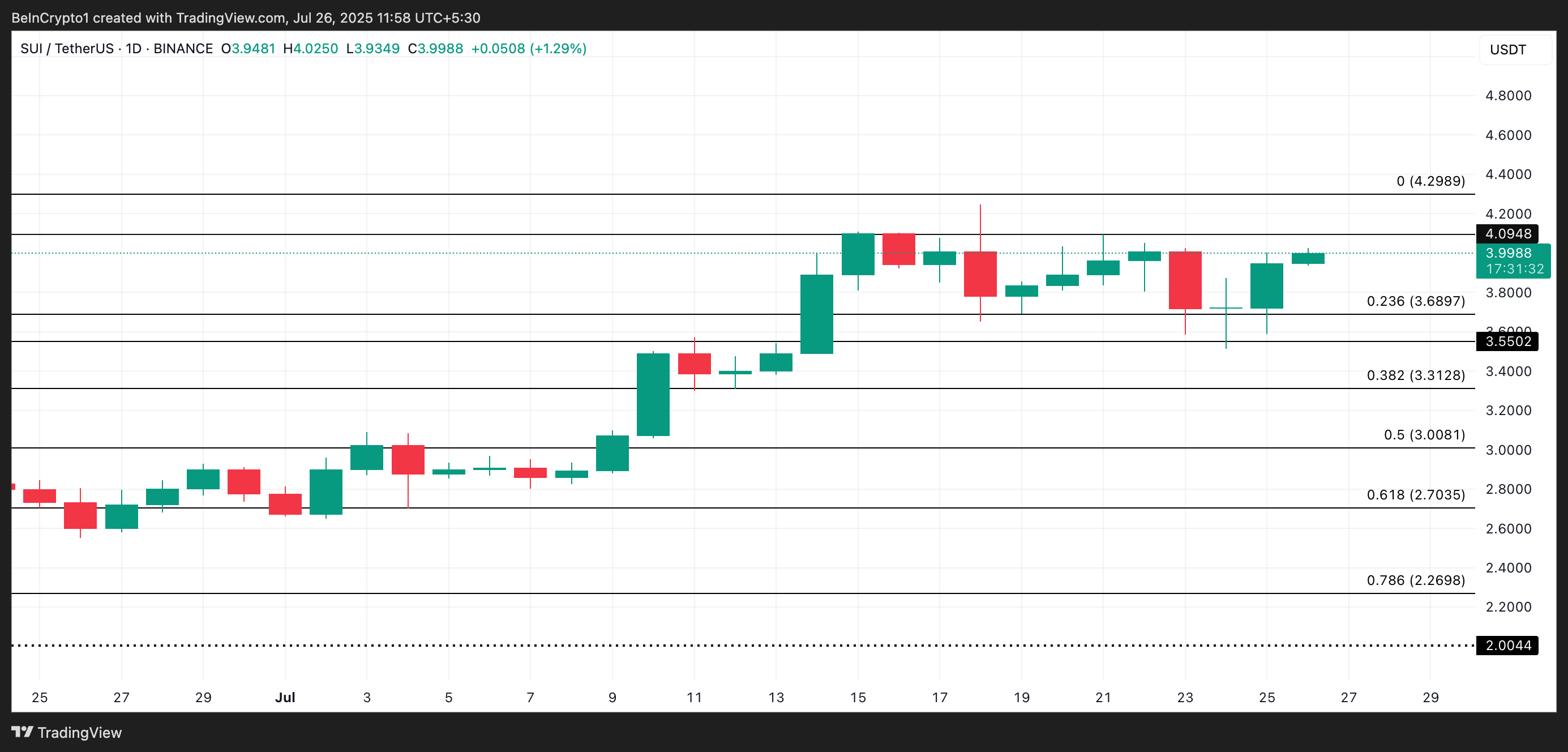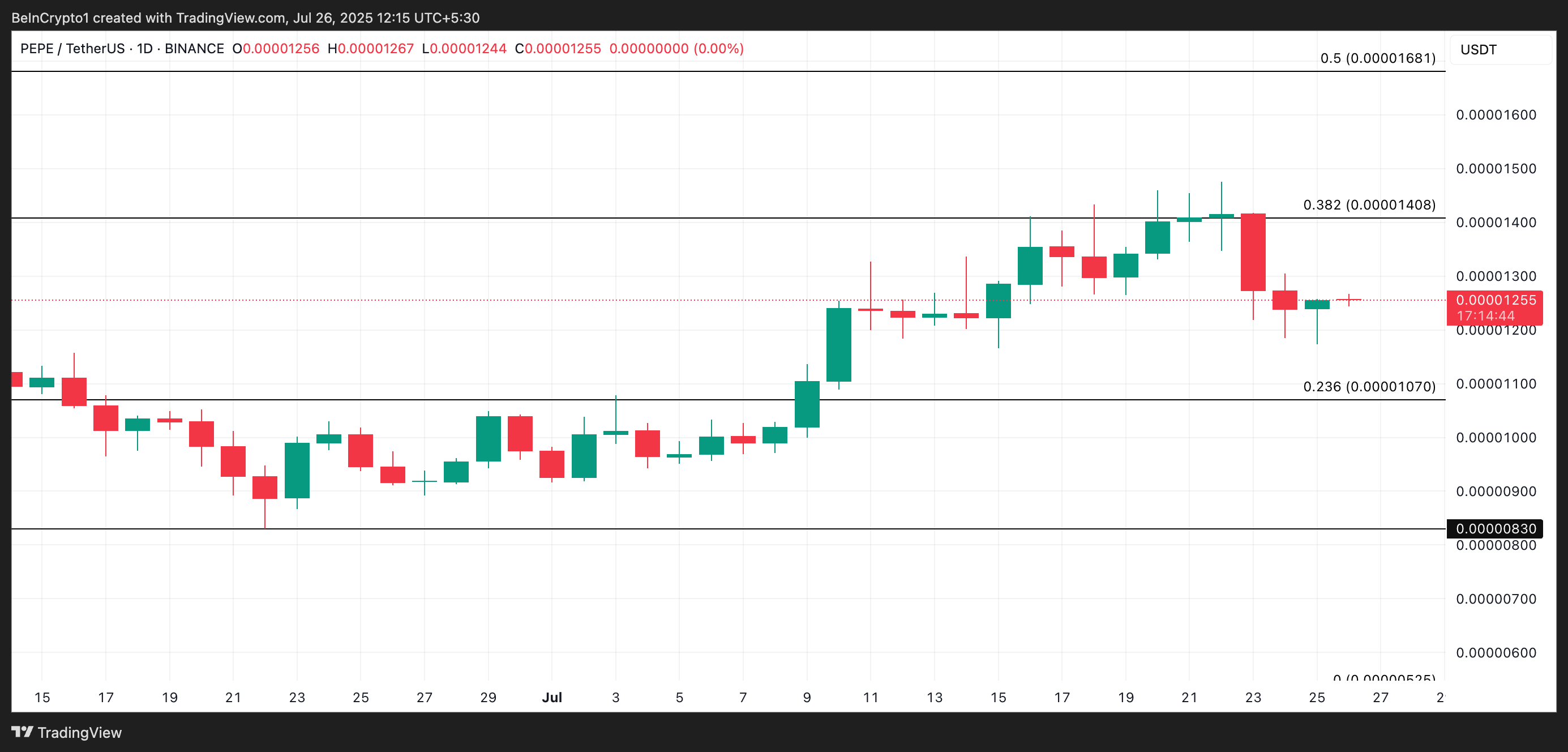Purpose Investments has received regulatory approval to launch Canada’s first XRP ETF. This new product will offer direct exposure to XRP and begin trading on June 18.
Additionally, the OSC will allow customers to hold this product in registered accounts, allowing them to pay substantially lower taxes on gains. This regulatory breakthrough is heartening, as Canada’s new PM is a Bitcoin critic.
Canada Approves an XRP ETF Before the US
The XRP ETF is a coveted crypto-based financial instrument, but only one country is actually offering it on the market. The race to win approval has seen many setbacks in the US, yet overall optimism remains high.
This week, one firm will turn Canada into the second nation to offer this product, as it announced in a press release.
Purpose Investments, an asset management firm based in Toronto, received final regulatory approval to offer an XRP ETF.
The Ontario Securities Commission (OSC), Canada’s top regulator, is allowing users to hold this ETF in registered accounts. Under Canadian law, this means that customers could pay substantially lower taxes on these assets.
“The OSC’s granting of a receipt for the Purpose XRP ETF prospectus reinforces Canada’s global leadership in building a regulated digital asset ecosystem. We’re proud to continue pushing the boundaries of what’s possible in the space,” claimed Vlad Tasevski, Purpose’s Chief Innovation Officer.
For the last few years, Canada has positioned itself as a crypto leader, launching the first crypto ETF in North America four years ago.
Purpose Investments also created this asset. A significant chunk of Canada’s institutional investors hold crypto, and the nation allowed Coinbase to secure a registration license last year.
However, a prominent Bitcoin critic became Prime Minister this March, potentially disrupting the nation’s policies. In other words, it’s a very good sign that the OSC approved an XRP ETF under these circumstances.
Hopefully, this will help encourage the SEC to move forward with a similar product in the US.
BlackRock, the largest asset manager in the US, still hasn’t filed for a spot product based on XRP, but prominent analysts believe it will do so soon.
The SEC is working hard with Ripple to resolve their ongoing legal dispute, which may help facilitate XRP ETF approval.
At this time, it’s impossible to predict when it’ll win approval, but the US will be the third nation in the hemisphere to offer it at the earliest. Canada and Brazil may remind the US that it needs to catch up to stay on the market’s cutting edge.
The post Canada is Launching Its First XRP ETF This Week appeared first on BeInCrypto.









